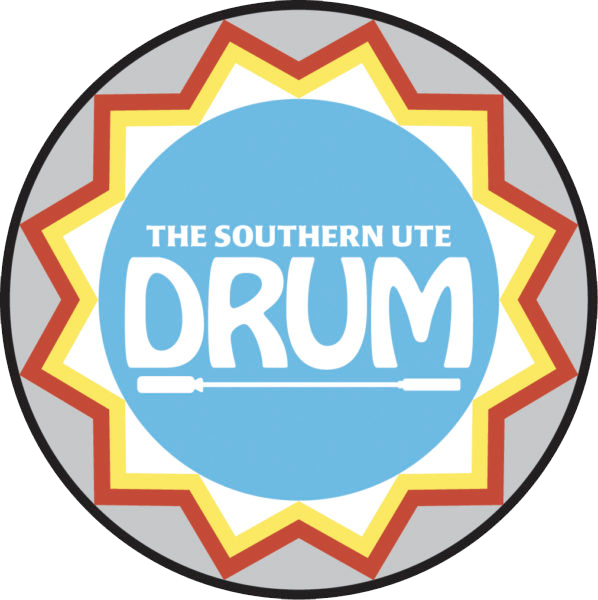Colorado U.S. Senators Michael Bennet and John Hickenlooper recently introduced the Dolores River National Conservation Area and Special Management Area Act to protect over 68,000 acres of public lands in Southwestern Colorado.
In 2008, the U.S. Forest Service and Bureau of Land Management requested that the Dolores River Dialogue – a coalition of diverse interests in the region – convene a broad-based community group to study pressing management issues in the Dolores River corridor from McPhee to Bedrock, including the possibility of a Wild and Scenic River federal designation. Through consensus agreement, the working group, known as the Lower Dolores Plan Working Group, decided to explore the possibility of an NCA and appointed a Legislative Subcommittee, which included counties, water managers, conservation groups, landowners, recreationists, energy companies, and staff from federal elected officials’ offices, to draft a legislative proposal for further vetting.
“Our Dolores Project allocations are the centerpiece of our Colorado Water Rights Settlement,” Ute Mountain Ute Chairman, Manuel Heart said. “The Dolores Project provides clean drinking water for our people and the businesses that sustain our economy including our 7,700 acre Tribal Farm, cow herd and corn mill.”
“The NCA legislation protects our Dolores Project allocations by legislatively resolving the conflicting authorities of the Bureau of Reclamation to manage McPhee Reservoir allocations and Forest Service/BLM authorities below McPhee Reservoir,” Heart said. “The legislation also protects Tribal cultural rights and practices in the NCA and involves the Tribe in collaborative efforts to manage for sensitive native fish below McPhee, another key to protecting our Dolores Project allocations. The Ute Mountain Ute Tribe thanks Senator Bennet for his leadership on bringing these issues to a successful resolution in this legislation.”
“Over millions of years, the Dolores River carved a canyon renowned – not just in our state, but across the country – for its majestic red rock walls that tower over the ponderosa pines. For the people of Southwest Colorado, the river is more than just a landmark – it’s the lifeblood of their communities and way of life,” said Bennet. “This bill was written in Colorado, by Coloradans who live, work, and depend on the Dolores River. It represents a balanced, sensible way forward to resolve many of the long-standing disagreements, protect the river for all parties, and provide long-term certainty for generations.”
San Miguel County has been among those actively participating for over a decade in regional stakeholder discussions to determine the best locally driven long-term management for the Dolores River collaborating between Dolores and Montezuma Counties and the Ute Mountain Ute Tribe to protect natural resources and existing use.
“A rapidly changing climate highlights the urgent need for better protections for some of our wildest public lands in the state. The lands in this legislation are a key piece of a broader landscape scale conservation effort to connect important wildlife corridors and protect the biodiversity in the greater Dolores River canyon country. Years of science-based collaboration helped move these efforts forward and we are excited that these lands near the Dolores are getting the attention they deserve,” said Jeff Widen, The Wilderness Society.
“Here in Colorado, we are preserving and protecting our world-class outdoors, supporting our thriving agriculture industry, and expanding opportunities for outdoor recreation, and legislation to protect our treasured land in the Lower Dolores River canyon is a great step towards achieving these goals,” said Governor Jared Polis.
